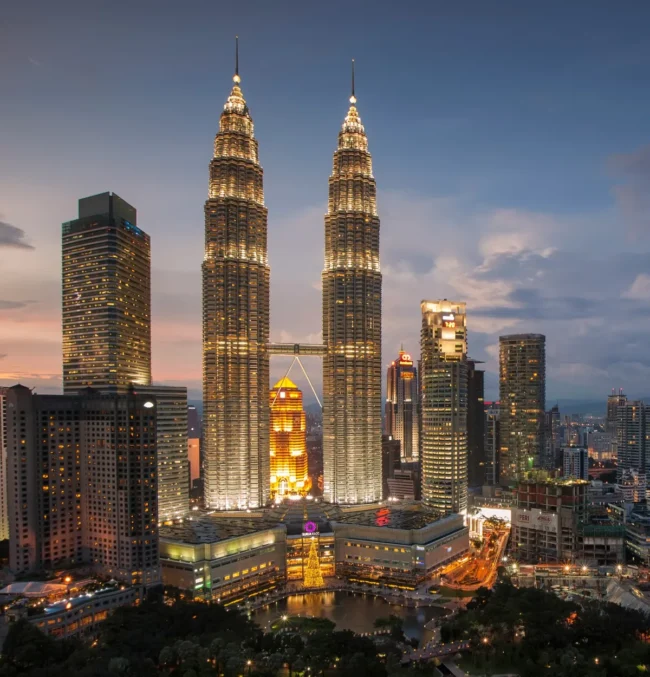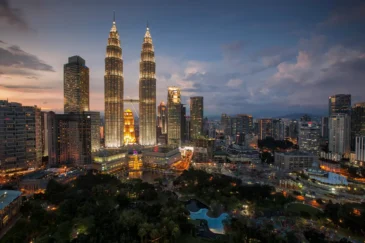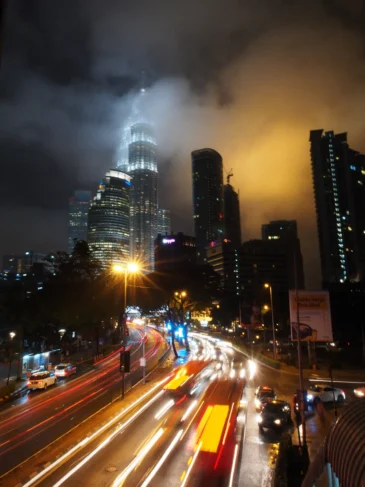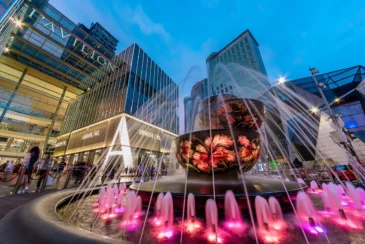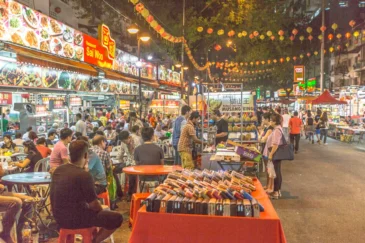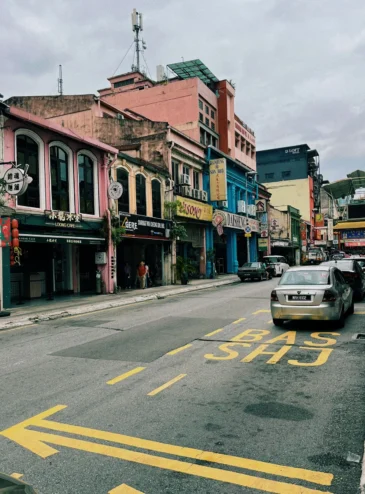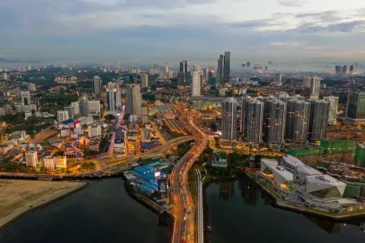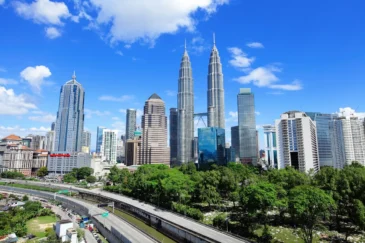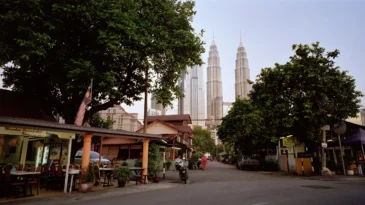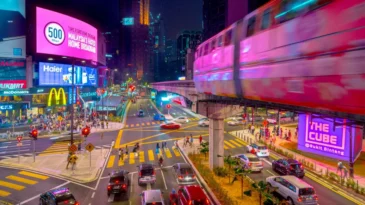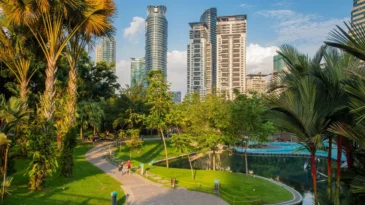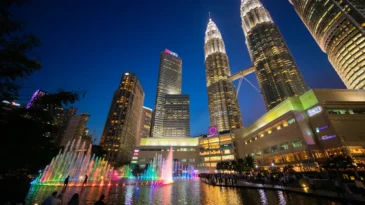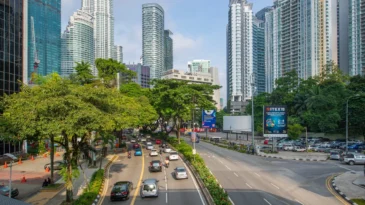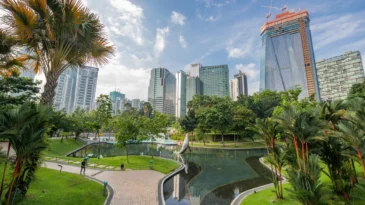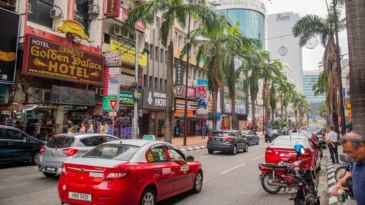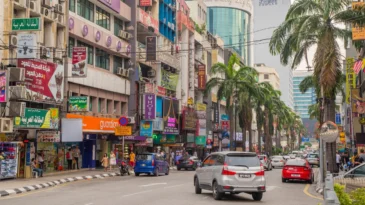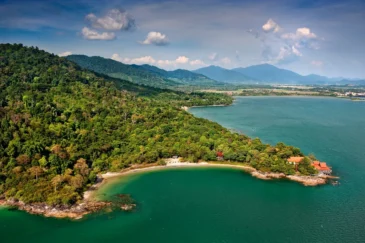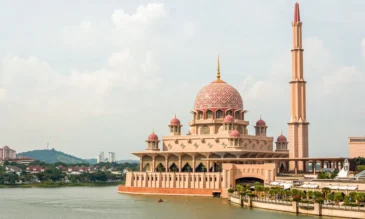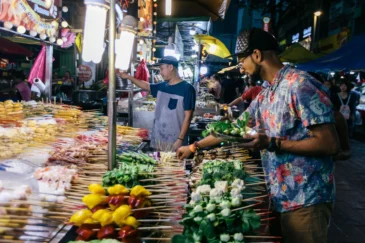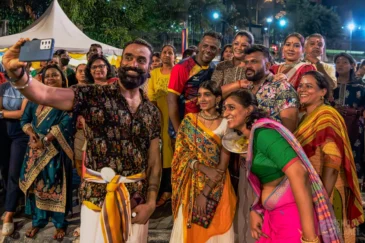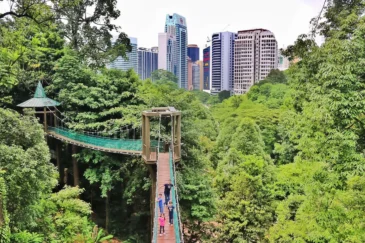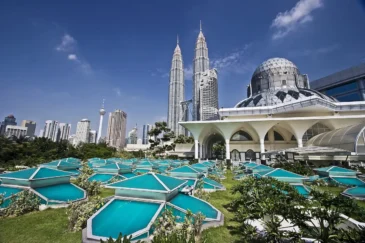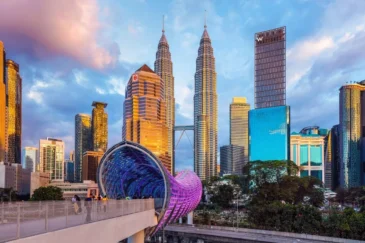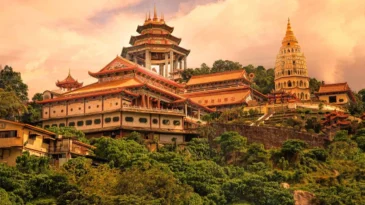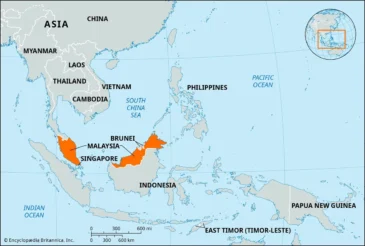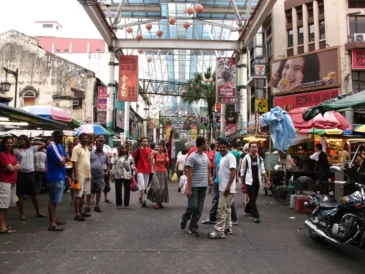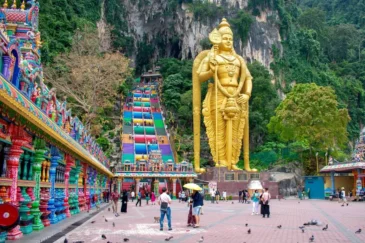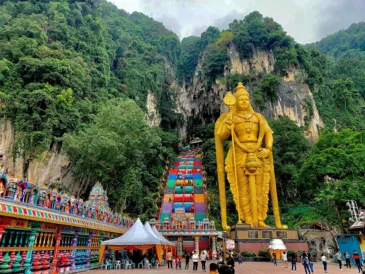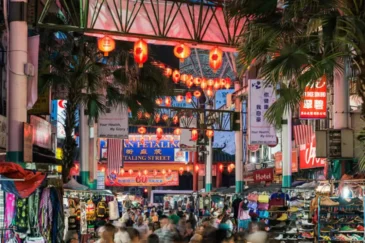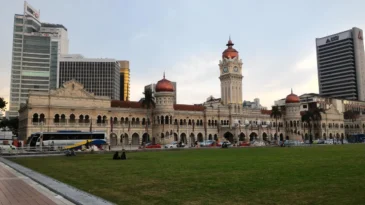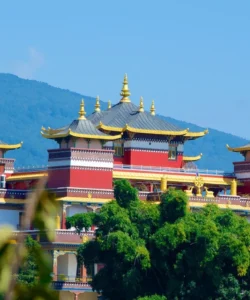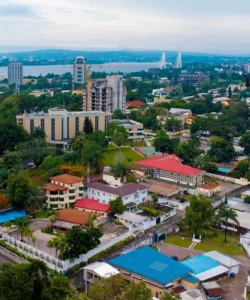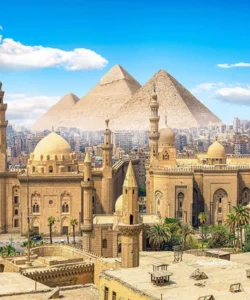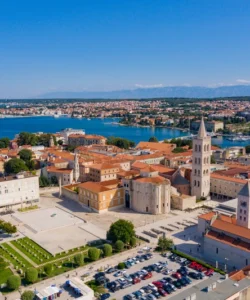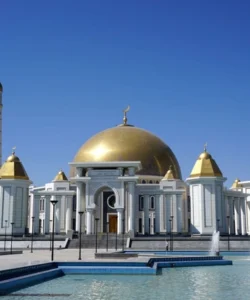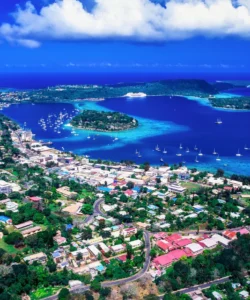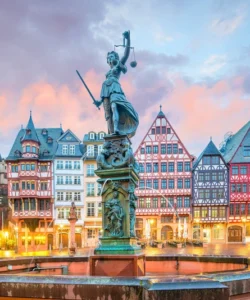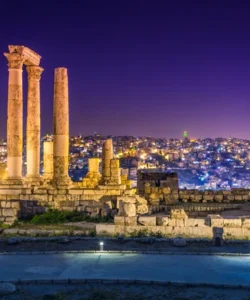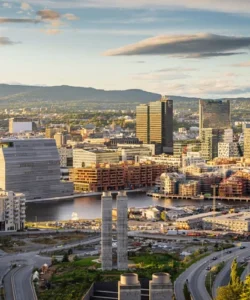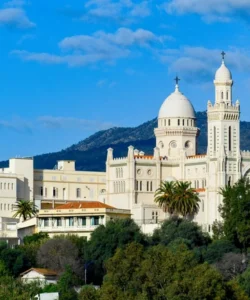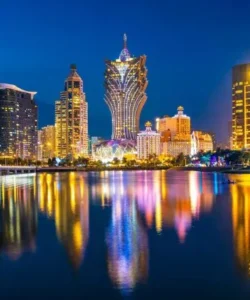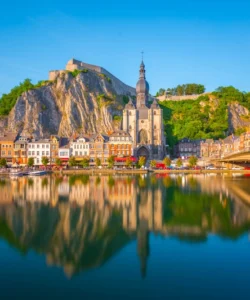Malaysia, a Southeast Asian gem, offers a vibrant tapestry of cultures, stunning natural landscapes, and bustling modern cities.
Here’s an overview:
Area: Malaysia covers a total area of approximately 330,877 square kilometers (127,752 square miles).
Population: As of Q1 2025, Malaysia’s population reached 34.2 million, comprising 30.8 million citizens and 3.4 million non-citizens. The population saw a growth of 0.9% from Q1 2024.
Language: The official language of Malaysia is Malay (Bahasa Melayu), also known as Bahasa Malaysia. English is also a compulsory second language and widely used, especially in business and tourism.
Currency: The currency unit of Malaysia is the Malaysian Ringgit (MYR). Banknotes come in denominations of RM100, RM50, RM20, RM10, RM5, and RM1, with coins for 50 sen, 20 sen, 10 sen, and 5 sen.
Religion: Malaysia is a multi-religious nation. According to the 2020 census, the major religions are:
- Islam (63.5%) – the official religion
- Buddhism (18.7%)
- Christianity (9.1%)
- Hinduism (6.1%)
- Other religions, including animism, Confucianism, Taoism, and Sikhism, make up the remaining percentage.
Capital: Kuala Lumpur is the capital city and the largest city in Malaysia. Putrajaya serves as the administrative center.
Major Cities: Besides Kuala Lumpur, other significant cities include George Town (Penang), Johor Bahru, Kota Kinabalu, and Malacca City.
Attractions & Wonders: Malaysia boasts a diverse range of attractions, from iconic skyscrapers to ancient rainforests and pristine islands:
- Petronas Twin Towers (Kuala Lumpur): An iconic symbol of Malaysia, these twin towers offer breathtaking views of the city.
- Batu Caves (Selangor): A series of limestone caves and temples, including a towering golden statue of Lord Murugan.
- Langkawi Sky Bridge & Cable Car (Langkawi): A thrilling experience offering panoramic views of Langkawi’s islands.
- Mount Kinabalu (Sabah): Southeast Asia’s highest peak, a popular destination for trekkers.
- Taman Negara National Park: One of the world’s oldest rainforests, offering jungle trekking, river cruises, and wildlife spotting.
- Perhentian Islands & Redang Island: Known for their stunning beaches, clear waters, and excellent diving and snorkeling opportunities.
- George Town (Penang): A UNESCO World Heritage site renowned for its colonial architecture, street art, and vibrant food scene.
- Malacca City: Another UNESCO World Heritage site with a rich history and a blend of Portuguese, Dutch, British, and local influences.
- Legoland Malaysia (Johor): A popular theme park for families.
- Sunway Lagoon (Selangor): A large theme park with water rides, a wildlife park, and extreme park.
- Islamic Arts Museum Malaysia (Kuala Lumpur): Home to an extensive collection of Islamic art and artifacts.
Architecture: Malaysian architecture is a fascinating blend of indigenous, colonial, and modern influences.
- Traditional Malay architecture: Often features elevated wooden houses with intricate carvings, designed to suit the tropical climate.
- Colonial architecture: Remnants of British, Dutch, and Portuguese rule can be seen in buildings with Mughal, Tudor Revival, Gothic Revival, and Straits Eclectic styles, particularly in cities like Penang and Malacca. Examples include the Sultan Abdul Samad Building and Christ Church Malacca.
- Modern architecture: Kuala Lumpur, in particular, showcases impressive contemporary structures like the Petronas Twin Towers and Merdeka 118, reflecting the nation’s rapid development.
Roads: Malaysia’s road infrastructure is generally well-developed and in good condition, especially its highways. The total length of roads and highways is approximately 238,823 km, with 49% being asphalted. Traffic moves on the left-hand side of the road. While overall infrastructure is good, road safety can be a concern, with a higher road death rate compared to global averages.
Hotels: Malaysia offers a wide range of accommodation options, from luxurious international hotel chains in major cities to budget-friendly guesthouses and charming boutique hotels. You can find high-end options like the Mandarin Oriental and Hilton in Kuala Lumpur, as well as unique stays in heritage buildings in Penang and Malacca, and resort properties on the islands.
Restaurants & Cuisine: Malaysian cuisine is a delicious melting pot of Malay, Chinese, and Indian influences, with regional variations and unique Nyonya (Peranakan) and Borneo dishes.
- Must-try dishes:
- Nasi Lemak: The national dish, consisting of coconut rice served with anchovies, peanuts, a hard-boiled egg, cucumber, and spicy sambal.
- Laksa: A popular noodle soup with various regional styles, like Assam Laksa (sour and spicy) and Curry Laksa (rich and creamy).
- Satay: Skewered and grilled meat (chicken, beef, or lamb) served with peanut sauce.
- Char Kuey Teow: Stir-fried flat rice noodles with prawns, cockles, bean sprouts, and chives.
- Roti Canai: A flaky, pan-fried flatbread often served with dhal or curry.
- Hainanese Chicken Rice: Poached or roasted chicken served with fragrant rice.
- Mee Goreng: Fried noodles with vegetables and often meat or seafood.
- Dining experiences: From bustling hawker centers and street food stalls offering affordable and authentic flavors to upscale restaurants serving international and fusion cuisine, Malaysia caters to all palates and budgets.
Annual Travel: Malaysia is a popular tourist destination. In 2024, Malaysia welcomed 25.02 million international visitors, a significant recovery from previous years. The average tourist spending amounted to RM 3,540.32 per trip in 2024, with tourists generally spending about 4.5 nights exploring the country.
